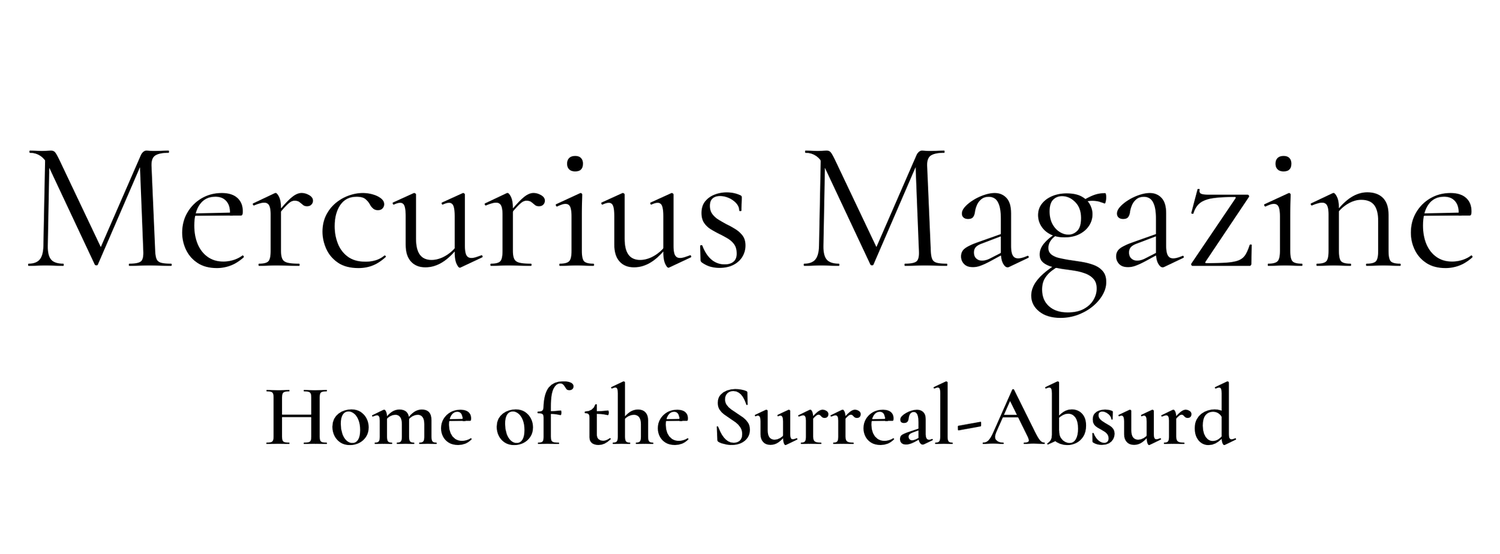GenderFux by Jem Henderson, Jonathan Kinsman and JP Seabright (Nine Pens, 2022): Reviewed by Pragya Suman
The interesting fact about this book is that it is written in a collaborative manner by three authors, totalling twenty-seven poems, nine poems by each poet who lived in three parts of the United Kingdom. They wrote in response to each other, met at Zoom virtually, gave feedback to each other, shared life experiences. Out of these common ventures, GenderFux accelerated and evolved in a progressive way.
The Nine Series from Nine Pens is unusual, as it invites three poets to either submit together as a group (without mandating a theme) or three submissions from individuals that will be grouped together by the press itself. But this book is more unusual in the sense that the poets deliberately chose to see each other's poems, as an integrated piece, and ordered them thematically, bouncing off each other-in response and in contrast.
Each poem appears as a brick in the compound facade. The name of the poet disappeared beneath the poem and one cannot know who has written it until he the end of the book. That is the ‘Acknowledgement’ section, where the names of poets are deciphered.
The major bulk of the poems is written in an experimental way. In GenderFux we see three layers of liquidity. These layers are language, sex, and poetry. Experimental poetry evolves, breaks the rules, and turns into an innovative shell. Words follow their own form, frequently tore out of the conscious awareness. They have successfully conveyed emotions that are organic and loosening.
What happens when a soul wriggles and feels caged among social expectations of gender identity and sexuality?
Genderqueer is not a novel thing in ancient literature. In Virgil's Eclogues, the shepherd Corydon proclaimed his love for the boy Alexis. Babur, assailant, and founder of the Mughal Empire in the Indian subcontinent admits in his autobiography, Baburnama, his teenage love for a boy. Later gay literature got entangled in the clutch of conventional codes. After it, a coded subtextual way of writing persisted until 1950, before which British authors could be prosecuted for writing openly about homosexuality. In the USA, authors and publishers also faced social and moral condemnation whenever they tried to encroach on that secretive subject. Sometimes it terminated their career. But now Queer Theory is entering the literary mainstream.
Queer theorists scorn traditional definitions of homosexual and heterosexual. There is no strict demarcation between male and female, they argue. Queer Theory rejects essentialism in favour of social construction; it breaks down binary oppositions such as “gay” or “straight”, while it follows those postmodernists who declared the death of the self. It simultaneously attempts to rehabilitate a subjectivity that allows for sexual and political agency.
This slim book starts with the vispo, ‘Bird Candle’, crafted by Jonathan Kinsman (he/him). A swaying charcoal dancer comes in a gestalt pattern. The song ‘Babylone Burning’, sounded for collapsing western civilisation, is surfacing in this poem as a metaphor through collapsing wax ceilings.
‘Fault\Lines’ is written in a confessional tone by JP Seabright (she/they). It starts with I was gay, proceeds in the apprehensive tone of mother and flabbergasted father. In the end, their hopelessness migrates in a mere foretell, I’ll never be a grandmother.
J.P Seabright’s pain of capitulation comes through shortness of hair. In the poem ‘SHORT-CUTS’, she talks about the short, back, and sides:
My reticence and capitulation,
society’s straightlaced expectations,
how my identity is still defined
by the shape and shortness of my haircut.
Just a little bit more of the back please, you don’t mind, yes a bit shorter still.
In ‘1994’ Seabright talks of Currie’s law which failed to pass the gay age of consent stalled at 18, but there is still no age of consent for lesbians.
‘Kayfabe’, by Jem Henderson (she/they), is filled with references to a series of WWE matches. She says: ‘sometimes, my gender feels like a prison, I can slip through the bars like in X- men. Turn to water. Gender fluid.’
One of the most interesting poems is ‘Parody of Jack and Jill’, crafted in a jigsaw way by J. P. Seabright. Here we see Jack fail to impress Jill. The poem culminates in the following lines:
jack goes up the hill
comes down as jill
a face of spirit gum, dermablend
and glitter / glitter / glitter.
jack went up the hill, tripped up, fell down.
Striking off gender identity, Jack and Jill have to dissolve into each other, blur the liminal lines. In ‘aubade with hyacinthus’, Jonathan Kinsman has pinned the blue petals with dripping desires. How beautifully the poet has used poetic license to embroider a great Greek mythological tale.
each dawn i am
a handful of blue petals
undone in the wind
In the myth, the great beauty of Hyacinthus attracted the love of Apollo, who killed him accidentally while teaching him to throw the discus. In Jonathan’s poem, we see blue petals and pink sunrises. In the pansexual pride flag, the pink represents those who are female-identified and the blue represents those who are male-identified.
The last stanza of this poem is mesmerizing one–
my light,
there is a goodbye
in the pink sunrise
In GenderFux, we not only see sex but words dealing in depth with emotions. It provides a platform for voices that are rarely heard.
Gender is fixed, sexuality is liquid. Flow along with the liquid, fuck off the fixed!
That is the slogan of GenderFux.
